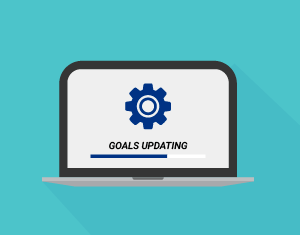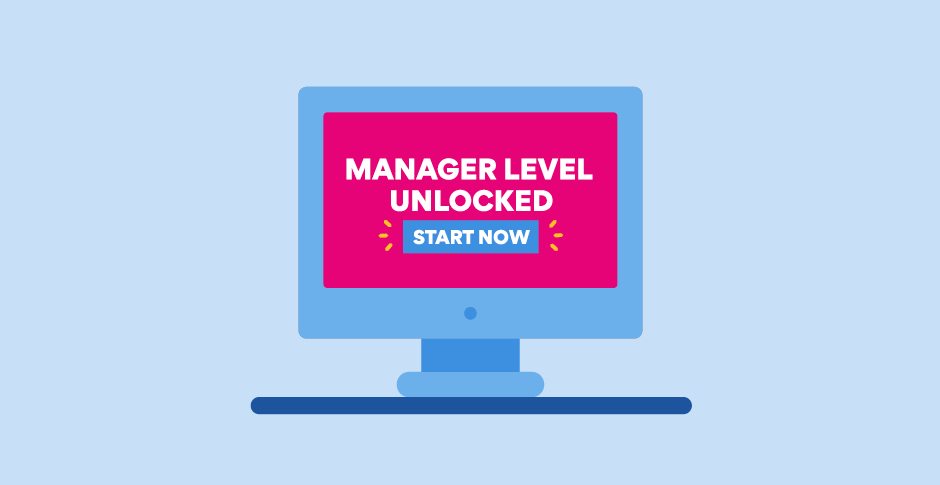As this year nears the end, many of us, for better or worse, will attempt to make New Year’s resolutions. You may plan to improve your health or kick a bad habit, but have you thought about setting new career goals that you can actually achieve? After all, we spend most of our lives making a living, so shouldn’t our work be one of the most fulfilling things we do?
Anna de Valk, an Auckland-based career, leadership and personal development coach says, “The act of setting a goal is just as important as following the steps to achieve it. This is because when we set clear and specific goals with measured outcomes, we gain greater clarity for ourselves.”
So, here’s our 10-step guide to realising your career goals:
- Step 1. Self-reflect
Setting any kind of goal starts with self-reflection, so take some time to think about the past year and what you’ve achieved. Self-reflection can also be done through conversation with someone you respect or a qualified career coach.
- Step 2. Know your values
To set lasting career goals, you need to know what’s important to you in life. De Valk says, “when we align our goals with our values, we are more likely to achieve what we set out to do, because they are more enjoyable, and have meaning and purpose attached to them.”
- Step 3. Dream big
You won’t be able to achieve great things if you don’t have the vision to launch from, so don’t be afraid to dream big and have grand ambitions. If you can do this without over-thinking it or talking yourself out of it, imagine what you can achieve!
- Step 4. Understand the purpose
The chances that you’ll commit to your goal in the long-term are more likely if you can understand the meaning and purpose for setting the goal in the first place. Identify your motivation by asking yourself, “why is it important to achieve this goal?” and “why now?”
- Step 5. Break it down
So it doesn’t become overwhelming, de Valk advises to break the goal down into bite-size portions to nut out what is actually required for each part. Prioritise what might be done first for best results, and continue from there.
- Step 6. Express it
The more you talk about your goals or intended actions, the more “real” they’ll become, and the more committed you’ll feel towards them. Write them down, tell people about your plans, and set yourself regular calendar reminders to keep you inspired and on track.
- Step 7. Define your actions
Now it’s time to consider what steps you’ll take to start the process. Writing out a plan or to-do list will spur you even closer to achieving your goals. Some examples include enquiring about a course online or reviewing where you can save money so you can buy new software.
- Step 8. Create a risk plan
Think about any obstacles that can get in the way of you achieving your goals, and how you can best set yourself up for success. You may have to be flexible and change tracks as your circumstances change, but that’s not a reason to give up or label the whole exercise as a failure.
- Step 9. Set a time frame
Make your action plan even more tangible by setting a timeframe. Most people work productively when they’re striving towards a deadline, so consider how long each action will take to achieve and set a date next to them.
- Step 10. Assess and reward
“Always celebrate success along the way, and look for learnings in relation to failures,” advises de Valk. When you’ve fulfilled an action or goal, reward yourself – it’ll act as a motivator.
Like with most things in life, preparation is key to achieving your career goals. With the right considerations, research and planning, there’s every reason your big dreams can become your reality.



